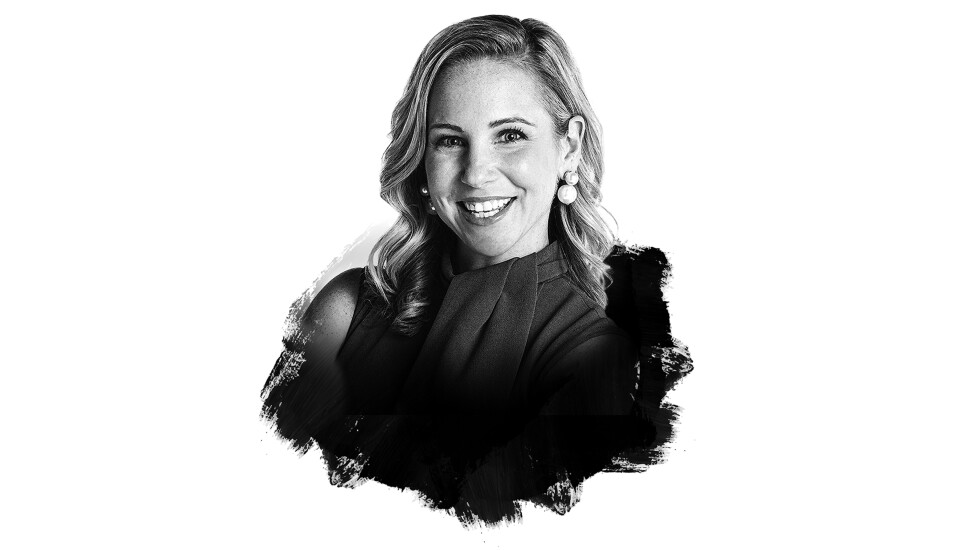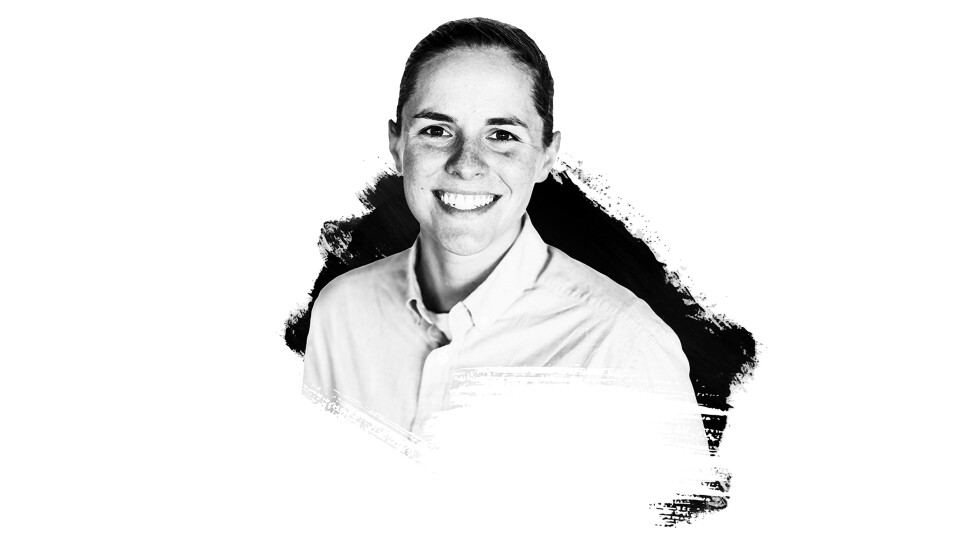Many of the 15 executives selected for our Most Powerful Women in Banking: Next list are in roles that took on outsize importance in a year punctuated by a global pandemic, economic free fall and widespread protests over police brutality and racial inequality.
Some manage human resources or marketing. Some oversee contact centers — whether for customers or employees. And some are involved in business lending, loan pricing or credit assessment.
The use of prepaid cards spiked as states used them to distribute unemployment payments to millions of people suddenly out of work, and U.S. Bank’s Angela Ratliff, rising to the challenge, tackled the accompanying growth in fraud so well her duties expanded to include handling disputes across other products.
One of Shaheena Khan’s employees was among the first at BMO Harris Bank to contract COVID-19, and her response became the playbook for the rest of the organization. Khan, a regional president who oversees retail banking in Minnesota and western Wisconsin, also has a branch close to where Minneapolis police killed George Floyd and where the protests heard around the world first ignited. She worked to make the damaged branch a symbol of hope and healing in the months of unrest that followed.
Read more:
Five of the women are from community banks, reflecting the heightened importance such institutions took on during the crisis, particularly with helping small businesses get access to emergency financial aid through the Paycheck Protection Program. Among them are Candice Caruso at WSFS Bank, Tiffanie Horton at LINKBANK and Jennifer Reissman at Seacoast Bank.
Of those responsible for contact centers, PNC Bank’s Kyla Stubbs is overseeing a new one still gearing up in Texas and Ashley Garrison serves Regions Bank’s 19,000 employees at hers. Both Stubbs and Garrison also have moderated some deeply emotional conversations for their co-workers following Floyd’s death. From the perspective of both women, it ended up being an undeniable bonding experience that had participants feeling greater empathy and engagement.
“The conversation was raw, strained, awkward, emotional and fragile and is forever fixed in my mind as a transformative moment,” Garrison said.
Stubbs, a veteran diversity and inclusion leader, came away more motivated than ever. “For as long as I can remember in my career, I have been involved in D&I councils in some role,” Stubbs said. “But I never felt more involved or engaged or passionate about diversity and inclusion than I did in 2020. What 2020 did for me specifically is challenge me to stop leading D&I on a surface level and to make sure we have programs in place with intentional D&I efforts.”
Read on to find out more about all of the crisis-tested women on our 2021 Next list — and get inspired.— Bonnie McGeer





















